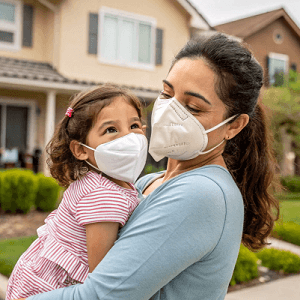A new study published in JAMA Network Open reveals stark disparities in heat-related emergency medical service (EMS) activations across U.S. counties during the July 2023 heat wave. The research, led by experts from Harvard Medical School, found that counties with higher social vulnerability and area deprivation were significantly more likely to experience a high burden of heat-related emergencies.
The study analyzed data from over 3,000 counties, with 23.6% classified as having substantially high heat-related EMS activation rates – defined as more than 200% of the national average. These counties were predominantly located in the South, Midwest, and Southwest regions of the country.
Researchers found that counties with high EMS activation rates were 1.77 times more likely to have higher Social Vulnerability Index scores and 1.64 times more likely to be in the highest vulnerability quintile. Similarly, counties with higher Area Deprivation Index scores faced increased odds of experiencing high rates of heat-related emergencies.
“This study suggests that heat-related emergencies were more extensive in socially vulnerable and disadvantaged communities,” the authors noted. They emphasized that these communities are already at greater risk for cardiovascular disease and have lower access to primary care compared to other counties.
The findings highlight the need for targeted investments to improve heat resilience in vulnerable communities. The researchers call for further studies to assess the impacts of recent federal policy responses to extreme heat and to evaluate within-county variations to better address community health needs during heat emergencies.
See “County-Level Disparities in Heat-Related Emergencies” (March 19, 2024)



